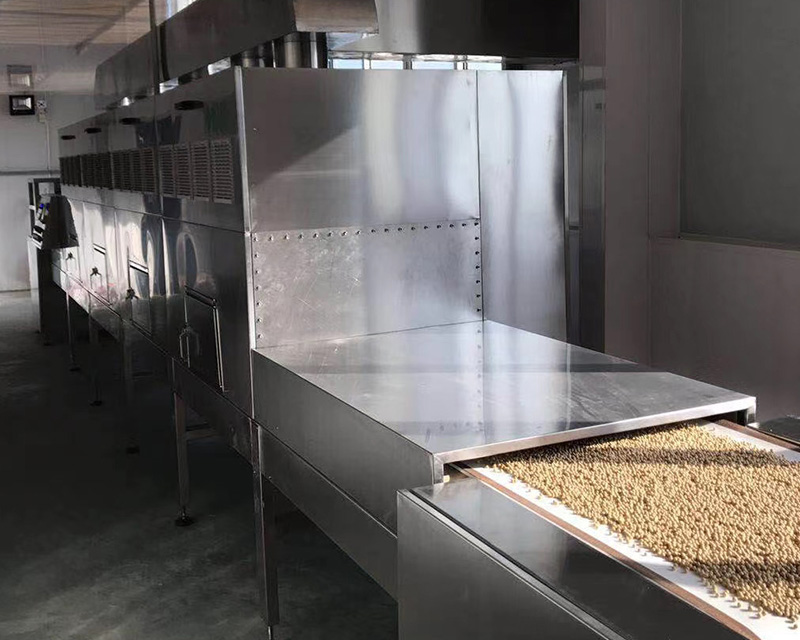The basic properties of the microwave used in microwave equipment usually present three characteristics: penetration, reflection and absorption. For glass, plastic and porcelain, microwave almost passes through without being absorbed. For water and food, it will absorb microwave and make itself hot. For metal objects, microwave will be reflected.
1. Penetrability
Microwave has longer wavelength than other electromagnetic waves used for radiation heating, such as infrared, far-infrared, etc., so it has better penetrability. When the microwave penetrates into the medium, the temperature of the medium increases due to the dielectric loss, so that the internal and external parts of the dielectric material are heated almost simultaneously, forming a body heat source state, which greatly shortens the heat conduction time in conventional heating. In addition, when the dielectric loss factor is negatively correlated with the dielectric temperature, the internal and external heating of the material is uniform.
2. Selective heating
The ability of material to absorb microwave is mainly determined by its dielectric loss factor. The material with a large dielectric loss factor has a strong ability to absorb microwave, on the contrary, the material with a small dielectric loss factor has a weak ability to absorb microwave. Due to the difference in the loss factors of various substances, microwave heating shows the characteristics of selective heating. Different substances produce different thermal effects. Water molecule is a polar molecule with a large dielectric constant and a large dielectric loss factor. It has strong microwave absorption ability. The dielectric constant of protein, carbohydrate, etc. is relatively small, and their microwave absorption capacity is much smaller than that of water. Therefore, for food, the amount of water content has a great impact on the microwave heating effect.
3. Low thermal inertia
Microwave is an instantaneous heating for dielectric materials, and the energy consumption is also very low. On the other hand, the output power of microwave can be adjusted at any time, and the temperature rise of medium can be changed without inertia. There is no "waste heat" phenomenon, which is very conducive to the need of automatic control and continuous production.


